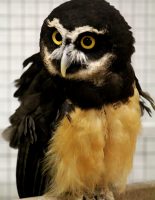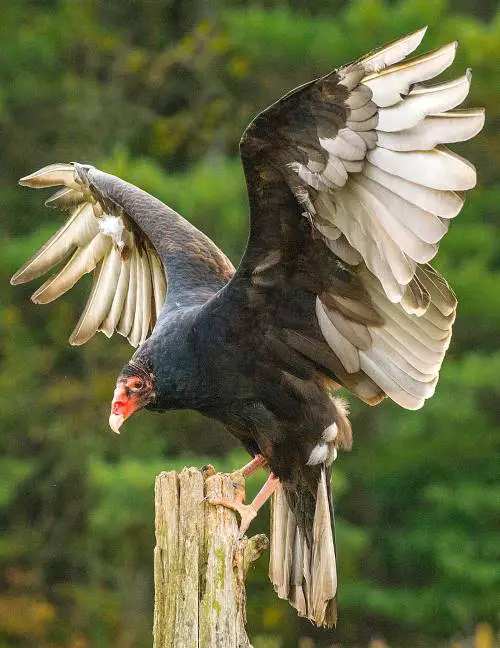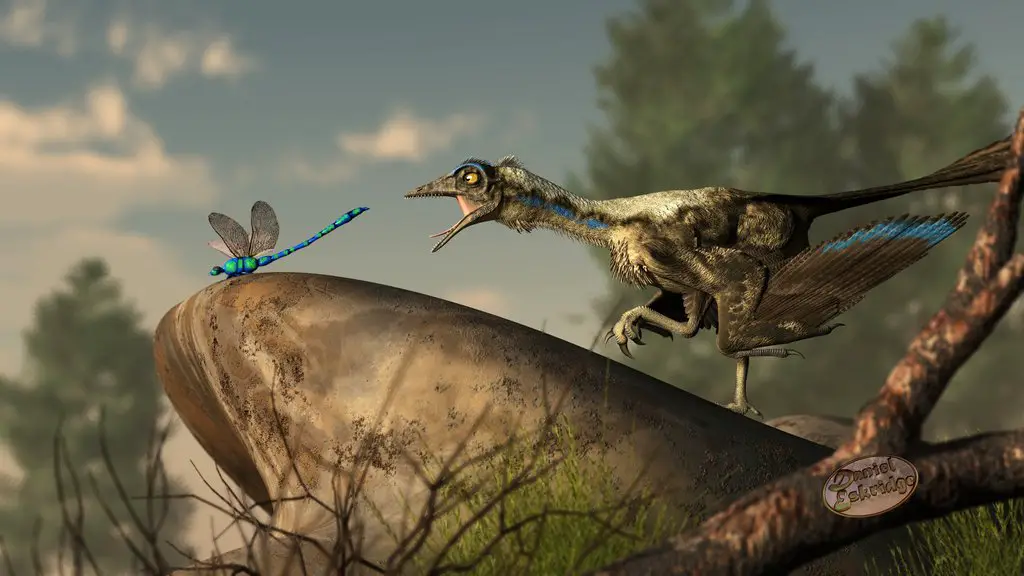Spectacled owl (Pulsatrix Perspicillata) is a large owl and it is native to the South American countries of Argentina, Brazil as well as Central America. The color of its upper plumage is black-to-brown while its lower body is buff-colored. It has a light-shaded bill and yellow eyes. It is essentially a nocturnal solitary bird. The light-colored line of feathers circles the eyes and looks like “spectacles”. Juvenile individuals have an all-white body and chocolate-colored wings.
Spectacled Owl Facts
It can grow up to a length of 43 to 48 centimeters and weighs around 590 to 950 grams. Female owls are heavier and larger than the males.
In captivity, spectacled owls have a lifespan of 25 years.
The breeding season of these owls falls between November and May. The bird reaches its maturity after 5 years. However, they are ready to breed before that.
The clutch size of thes e owls range from 1 to 2 eggs and the incubation period is 5 weeks. After 5 to 6 weeks, the chicks leave their nests but cannot fly. The pair continues to nurse their chicks for about 1 year.
e owls range from 1 to 2 eggs and the incubation period is 5 weeks. After 5 to 6 weeks, the chicks leave their nests but cannot fly. The pair continues to nurse their chicks for about 1 year.
It is widely distributed across Central and South America. It is present all the way from Belize, Honduras and up to Panama in Central America and Venezuela, Paraguay and all the way up to Argentina to the south.
They are found in thick rainforests and open shrublands. They can roost as high as 4,000 feet above sea level.
Spectacled owl hunts during the night and likes to feed on small mammals like Peters’ climbing rat. They also eat bats, small monkeys, caterpillars, frogs, insects and birds.
During moonlit nights, spectacled owl makes a series of ‘pup-pup-pok-pok’ kind of tapping sounds. It makes different calls and hoots something like “hoo-hoo-hoo-hoo”.
There are 6 subspecies of spectacled owl.





